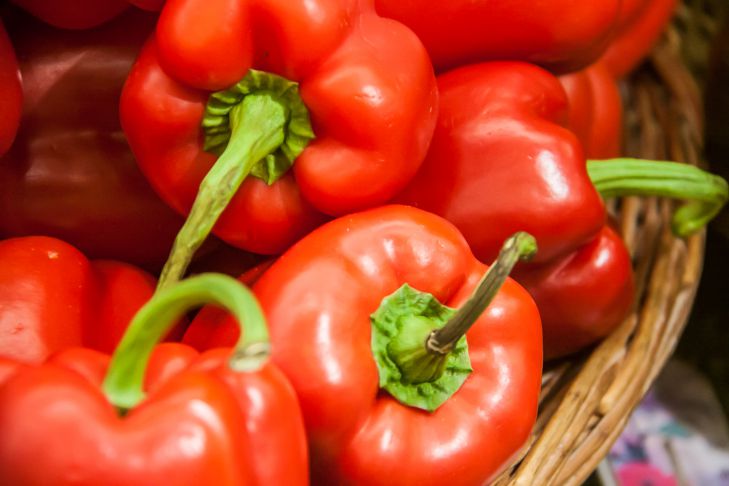Perfect Pepper Planting: A Step-by-Step Guide
To grow strong and healthy pepper plants, it is important to sow the seeds correctly and provide them with optimal conditions for growth and development.
Let's take a detailed look at how to sow pepper seeds correctly, says Anastasia Kovrizhnykh .
Seed preparation
Before you start sowing, it is important to prepare the seeds properly. First, check the expiration date of the seeds and discard those that are expired.
Then, to increase germination, place the pepper seeds in a container with room temperature water for 24 hours. After that, wash the seeds with water and place them on a paper towel to dry for several hours.
Choosing the right soil
Pepper prefers loose, fertile soils with a neutral or slightly acidic reaction.

For sowing pepper seeds, it is recommended to use soil consisting of a mixture of sand, fertile soil and humus in a ratio of 1:1:1. Make sure that the soil is well drained to avoid rotting of the seeds.
Sowing seeds
To sow pepper seeds, take containers with drainage holes for the tray and fill them with prepared soil.
Make shallow holes about 1.5 cm deep and place the pepper seeds about 2 cm apart. Then cover the seeds with a thin layer of prepared soil.
Watering and creating favorable conditions
After sowing the pepper seeds, water the soil thoroughly so that it is evenly moistened but not oversaturated with moisture.
Then cover the containers with film or glass to create a greenhouse effect. Hang the containers in a bright place, but avoid direct sunlight.
Caring for sprouting plants
A few weeks after sowing the pepper seeds, you will see the first sprouts. After that, remove the film or glass so that the plants have access to air.
Check the soil moisture regularly and maintain it at an optimal level. Gradually increase the lighting and maintain a comfortable room temperature.
Picking and transplanting
When the pepper plants reach a height of about 10-15 cm, transfer them to larger containers or a garden bed. Before transplanting peppers, make sure that the soil in the new location is also fertile and well-drained.
Care and feeding of plants
When the peppers are actively growing, water the plants regularly and maintain stable soil moisture.
Feed pepper plants with fertilizers containing nitrogen, phosphorus and potassium.
Also, watch for and control weeds to ensure your plants have enough space to grow.
Follow this step-by-step guide and grow strong, healthy pepper plants.
Don't forget to provide the plants with good lighting, maintain optimal soil moisture, and care for them properly. Your efforts will be rewarded with a bountiful harvest of delicious peppers!
Previously, we talked about how to properly feed grapes so that they produce tasty and sweet berries .
